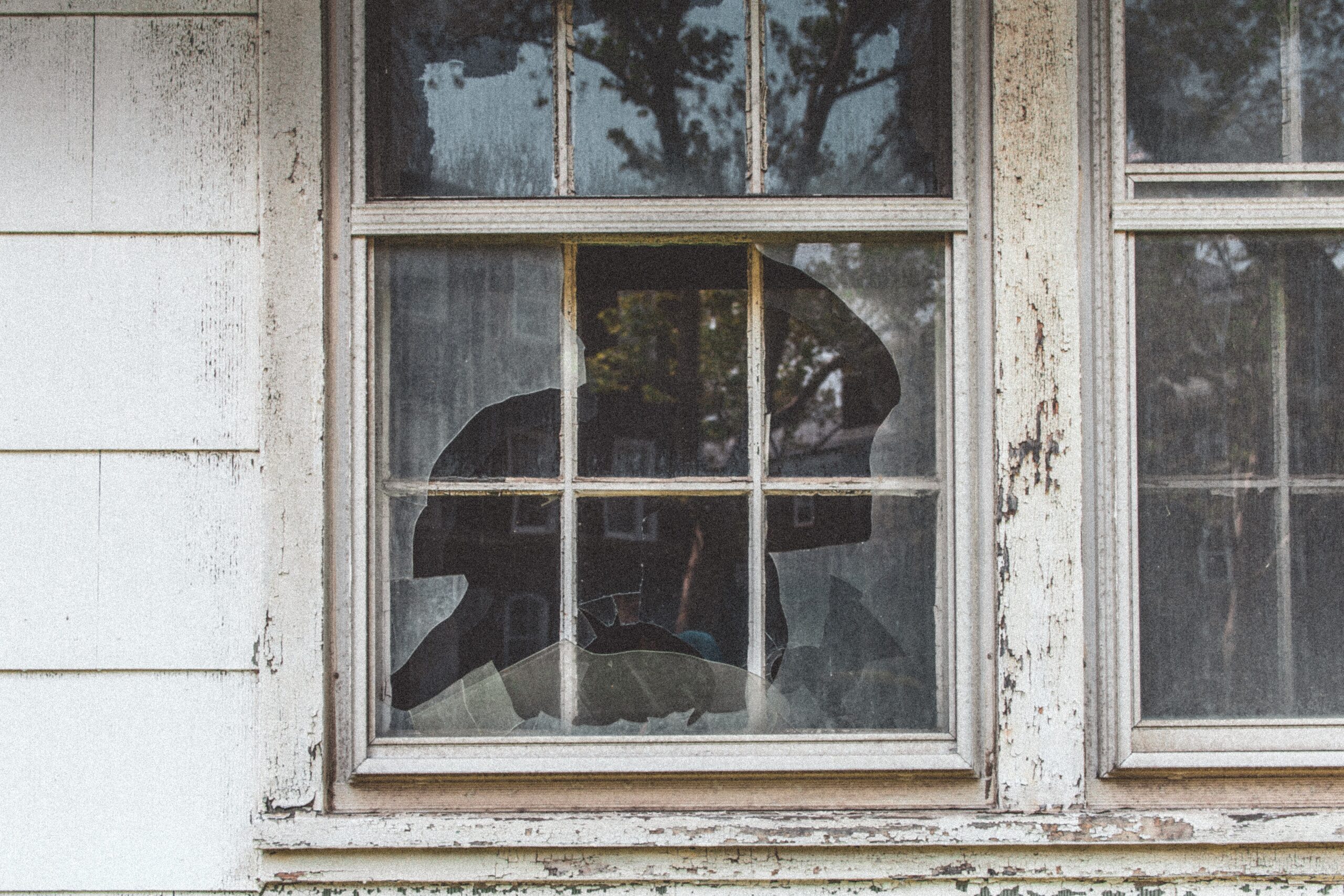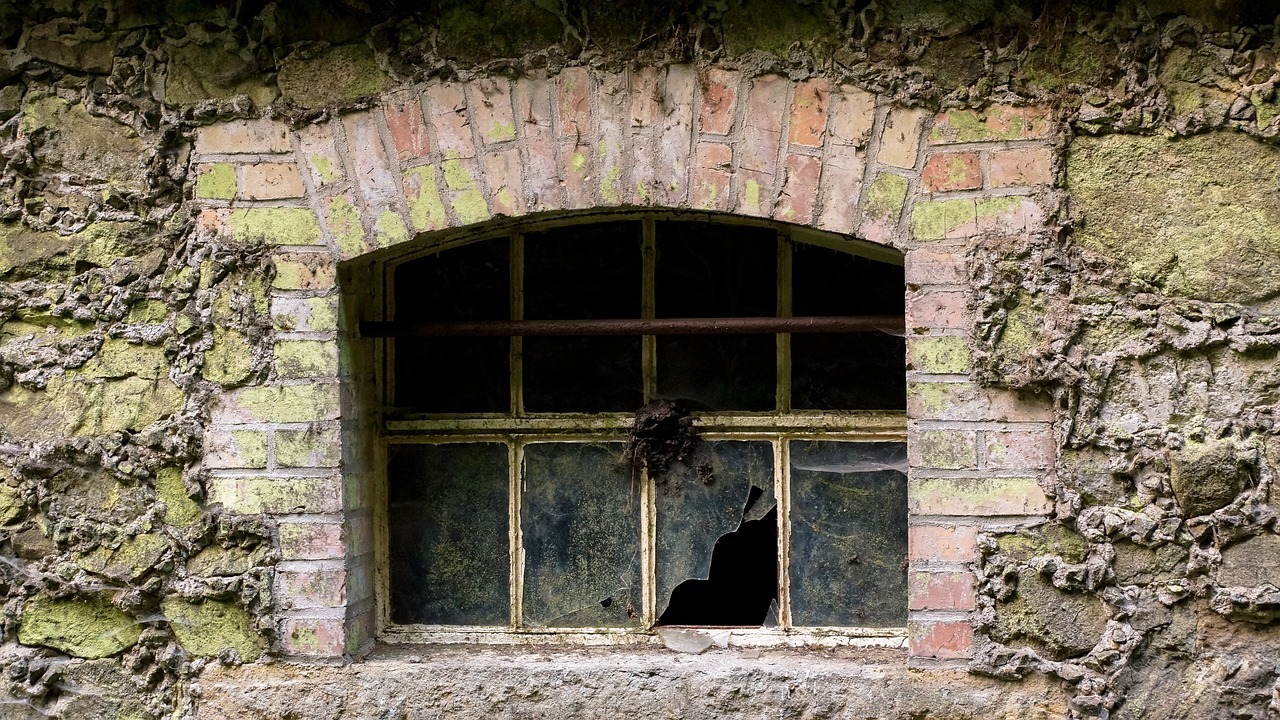A ball gets out of control. A rock gets thrown from a lawn mower. A bird flies a bit too quickly toward what appears to be a hole in the wall – but is not. These are only a few of the things that can cause a window to shatter.
Because there are so many dangers that can break the glass of a window on your home, many homeowners wonder if there is some way to lower the risk. Can windows be made shatterproof, or at least shatter resistant? The simple answer is yes!
One of the ways your home’s windows can be made shatter resistant is by replacing them with one of the “unbreakable” type of windows available. There are two common options. While neither of these is completely unbreakable, they are much more shatter resistant than the average window glass.
Not actually glass, but clear plastic, makes up one of these hard to break windows. Made of polycarbonate, this type of window is very strong and weighs less than a standard window. It is not obviously plastic from a distance. Just like double glazed windows, double paned polycarbonate windows are also excellent insulators. These windows can be broken, with enough force, but the amount of force required is much higher than an average glass window.
The other option in this category is two layers of glass with a thin plastic film between them. The rubbery plastic resists tearing, so even if the glass breaks on either side of the film, the window will hold together instead of shattering. This protects the interior from water in the case of a hurricane, for instance. This type of window is often recommended for use in hurricane and earthquake zones.
Another option, similar to the glass sandwich, is a layer of protective film that a homeowner can add to the windows in the home as a do it yourself project. This layer, added to one side of the glass window, prevents shattering. It is applied in the same way a window tint often is and is generally a self-adhesive sheet of plastic film. Whether the film is added to the interior or exterior side of the glass depends on the manufacturer instructions and the reason for the shatter resistance.
When the goal is to protect against weather, flying objects from lawn mowers and children, or burglary, then applying to the outside of the window is generally preferred. When the goal is to protect from potential inside mishaps, adding to the interior may be the better choice.
Because the protective film usually comes in rolls, which usually come in widths of three feet, four feet, five feet, and six feet, with varying lengths depending on what you order. It will usually be necessary to carefully measure the window and cut the film to the correct size. Cutting the film to size is most easily done with a sharp craft knife.
To measure and to help keep the cutting tool in a straight line, a stainless steel ruler can be helpful. This set includes rulers with lengths of two, three, and four feet.
The film itself comes in a variety of thicknesses and tints. The clear option will be virtually undetectable on the window when applied properly, but will provide the safety of a shatter resistant glass window.
If you prefer, or for a bathroom window, there is a one-way mirror option that will add both safety and privacy. Remember to double check the directions for proper application so the mirror works as expected!
The average safety film is 4 Mil, but it is possible to get 8 Mil film. When a window is not necessary for natural light, a dark black film protects from both breakage and vision.
There are many versions of this film available. Many of them also block UV rays and help to insulate your residence against excess heat and cold. Because the treated windows do not shatter and fall out of the frame, the film also makes the home resistant to break-ins.
Treating your home’s windows and making them impact resistant is a good idea for people in all walks of life. While it may not be required, it makes sense. Being prepared for most eventualities is an excellent plan and protecting your home by increasing the security of your windows is definitely a step in the right direction.
It is also possible that your house insurance company may offer a discount when you add shatter resistant film to your windows. They know that it is less likely that they would need to pay claims on burglary, flooding, and weather damage. A lower risk often results in lower premiums.
If you have a security alarm in your home that triggers from the sound of windows breaking, contact the alarm company before adding shatter resistant film, as it can affect the effectiveness of the sensors.
If you are in the process of building a new home, your state’s building code may require impact resistant windows to be installed. There are fifteen states that currently have this requirement. These states are Alabama, Connecticut, Delaware, Florida, Georgia, Maryland, Massachusetts, Mississippi, New York, North Carolina, Pennsylvania, Rhode Island, South Carolina, Texas, and Virginia. If you live in one of these states and are remodeling, any windows that are affected will also need to be made impact resistant to meet the building code.
If you live in a state other than those, and the building code for your county and city do not require impact resistant windows, that does not mean that you should not install them. Assess your area and your weather patterns. Even if the risk is low, shatter resistant windows are still helpful, especially if you are concerned about security, privacy, and safety. Homeowners should consider including impact resistance on all glass residential windows.

